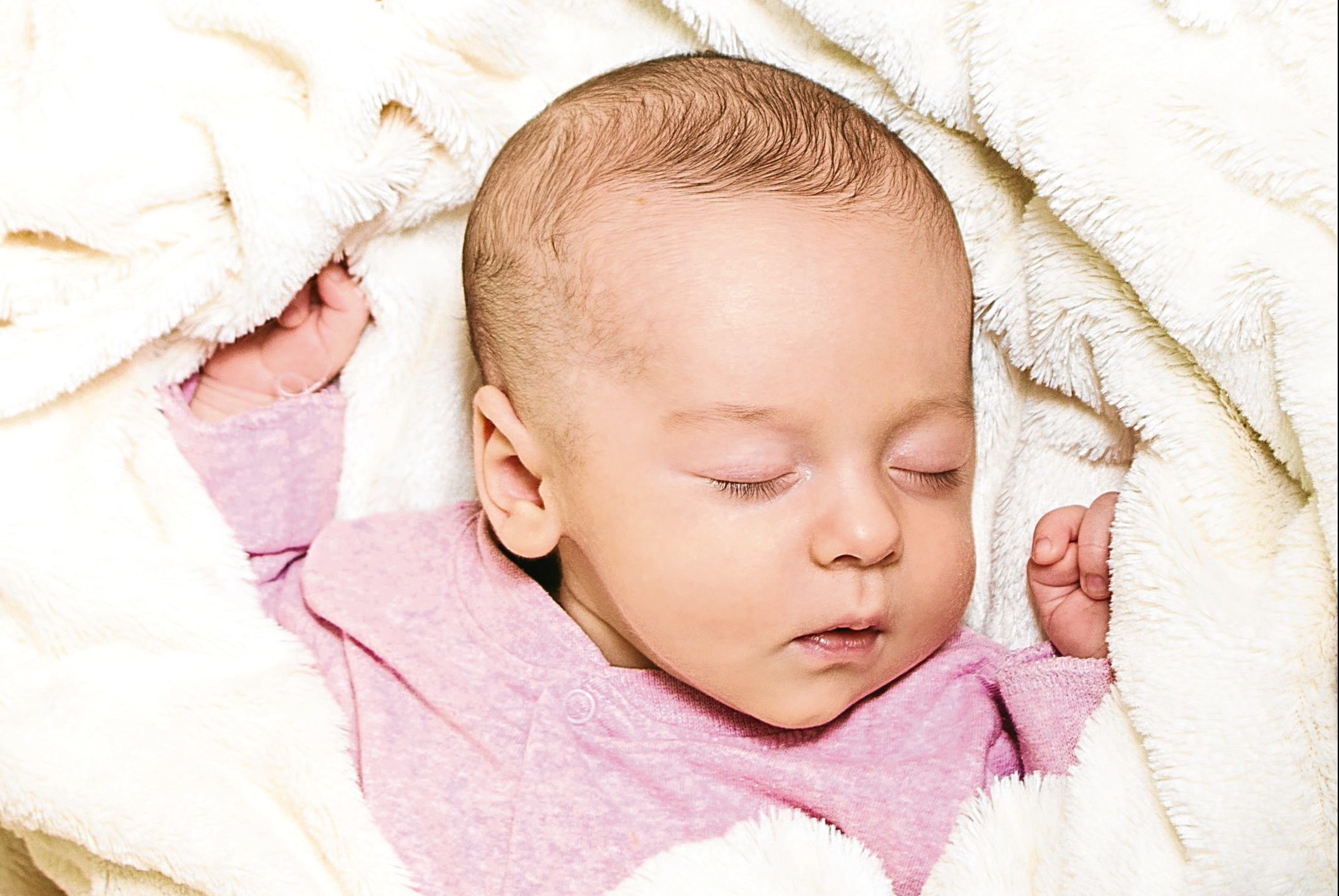
NEW parents will soon learn that lie-ins are a thing of the past and — for the unlucky many — an unbroken night’s sleep becomes the stuff of dreams.
Before you know it, you’re fuelling yourself on a diet of caffeine and sugar to cope with the exhaustion.
Tired and stressed-out mums and dads, striving for the ideal of their newborn “sleeping through”, are increasingly turning to the help of sleep trainers, with the UK baby sleep industry now worth millions.
Sleep is crucial to a baby’s development and wellbeing, says Jo Tantum, author of Baby Secrets and a baby sleep expert on the Pampers Love, Sleep and Play panel.
“Night-time sleep is when REM sleep tends to occur for babies,” she explains.
“This is when the building blocks for brain structure are laid down.
“In fact, the brain reaches 75% of an adult’s size by year one, so the first year of sleep is the most crucial in a human’s life.
“Research has proven that babies who sleep well are more alert, function better socially and wake in the morning in a better mood.”
But for those parents panicking that their child “should be” sleeping through by now, Jo asserts that every baby is different — and just because your friend’s baby is already getting a solid 12 hours a night, it doesn’t mean yours should be, too.
Tantum has devised five different baby sleep types, to help parents identify what kind of sleeper their child is — which may change, of course — and what will help everyone get a better night’s sleep.
THE STARFISH
Sleeps in the same position, on their back with legs and arms out.
Wakes often and regularly, but does go back to sleep easily after you intervene with a sleep prop, for example rocking or a feed. They need this to get to sleep.
YOUR SLEEP AID: A muslin square, knotted in the middle. To provide more comfort, tuck it down your top before giving it to baby so it smells of you and comforts them.
Try to teach your baby to fall asleep on their own gently.
Start in the day, at nap times, watching for tired signs such as staring into space and rubbing eyes, then settle them for a sleep in their room.
They’ll get used to their own space, instead of being put in a strange room with different smells and sounds.
SKYLARK
Awake early in the morning, singing and shouting and refuses to go back to sleep, whatever you try!
YOUR SLEEP AID: Wave sounds. This can be a sleep app or sound machine. Keep it on while baby is asleep, so when they come into a light sleep phase it soothes them.
Total blackout is also key here. Remember babies can’t tell the time, but they have a very light sleep between 5.30-6.30am, as do adults.
This goes back to the days when we woke with the sun! So try to respond to your baby as though it’s still night, rather than creating a habit of waking.
It can take up to 14 mornings of soothing and not getting up until morning, so be consistent.
SLOTH
Loves sleep and can sleep anywhere and everywhere — lucky you!
But what happens when they wake up? It’s likely to be because of a growth or developmental spurt, or they are teething or not well.
YOUR SLEEP AID: Increased feeding. Increase the feed by five minutes if breast feeding, and by 30ml if bottle feeding.
If your baby is close to six months old, they may need weaning. If your great sleeper wakes up it can be an awful shock, so check for teething signs and temperature.
OWL
Goes to bed late and wakes in the night. Is wide awake for long periods and can’t get back to sleep.
YOUR SLEEP AID: A sleep fest. Allow your baby to sleep for three hours during the day to reset their internal clock.
Babies need lots of sleep. And it’s a myth that if you don’t give them naps, they will be so tired they will sleep through the night. In fact, the opposite happens.
Your baby will find it difficult to settle, wake often and have long periods of waking. Babies who wake often and don’t go into a deep sleep cycle will often have low immune systems, because when babies sleep more deeply it repairs skin and boosts their immune system.
MEERKAT
Stands up, moves around trying to get comfortable all night, doesn’t want to sleep — always on high alert.
YOUR SLEEP AID: Wind-down time. Try bath-story-feed to establish a calming bedtime routine if your baby is overtired.
There should be an hour before bedtime of no screen time or noisy interactive toys, as this stimulates rather than calms your baby.
READ MORE
I slept like a baby on my mummymoon at Rosslea Hall
The Level star Laura Haddock says her baby son goes everywhere with her

Enjoy the convenience of having The Sunday Post delivered as a digital ePaper straight to your smartphone, tablet or computer.
Subscribe for only £5.49 a month and enjoy all the benefits of the printed paper as a digital replica.
Subscribe